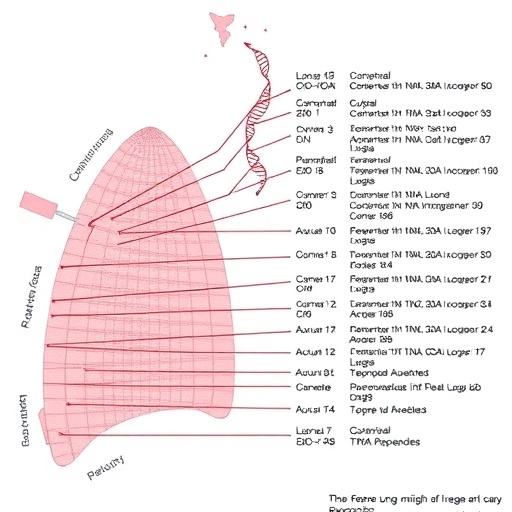Credit: Credit: NASA JAXA, Hal Pierce
Satellite data showed heavy rain and high cloud tops in Tropical Cyclone Mora after the storm came ashore in Bangladesh.
The Global Precipitation Measurement mission or GPM core observatory satellite passed over Cyclone Mora on May 30, 2017 at 1121 UTC (7:21 a.m. EDT), six hours after Mora made landfall in Bangladesh.
When GPM, a joint mission between NASA and the Japanese space agency JAXA passed over Mora, the storm's maximum sustained winds were estimated to be about 55 knots (63 mph). Data received by GPM's Microwave Imager (GMI) and Dual-Frequency Precipitation Radar (DPR) instruments revealed the location and intensity of rainfall around the dissipating cyclone. GPM's radar swath covered the area west of the dissipating cyclone's center. GPM's DPR found that rain was still falling at a rate of over 120mm (4.7 inches) per hour in an intense rain band moving over southeastern Bangladesh.
At NASA's Goddard Space Flight Center in Greenbelt, Maryland, GPM's Radar (DPR Ku Band) data was used to reveal the 3-D internal structure of precipitation within the intense storms to the west of cyclone Mora's center of circulation. Storm tops in those storms, located over southeastern Bangladesh, were found to reach heights greater than 15.3 kilometers (9.5 miles). Even taller storms were scanned by GPM's radar over the open waters of the Bay of
Bengal west of Burma (Myanmar). Storm tops there were found to be reaching altitudes of almost 16 km (9.9 miles).
Later on May 30 at 1923 UTC (3:23 p.m. EDT) infrared data on Mora was gathered by the Atmospheric Infrared Sounder instrument aboard NASA's Aqua satellite. The infrared data revealed some very cold cloud top temperatures in thunderstorms, even as the storm was dissipating. Some cloud tops were as cold as minus 63 degrees Fahrenheit or minus 53 degrees Celsius and cloud top temperatures that cold have been shown to generate heavy rainfall. So although Mora was dissipating, it was still dropping large amounts of rain.
Cyclone Mora is expected to continue dissipating as it moves into rough terrain and encounters strong vertical wind shear.
By Hal Pierce / Rob Gutro NASA's Goddard Space Flight Center
###
Media Contact
Rob Gutro
[email protected]
@NASAGoddard
http://www.nasa.gov/goddard
############
Story Source: Materials provided by Scienmag




